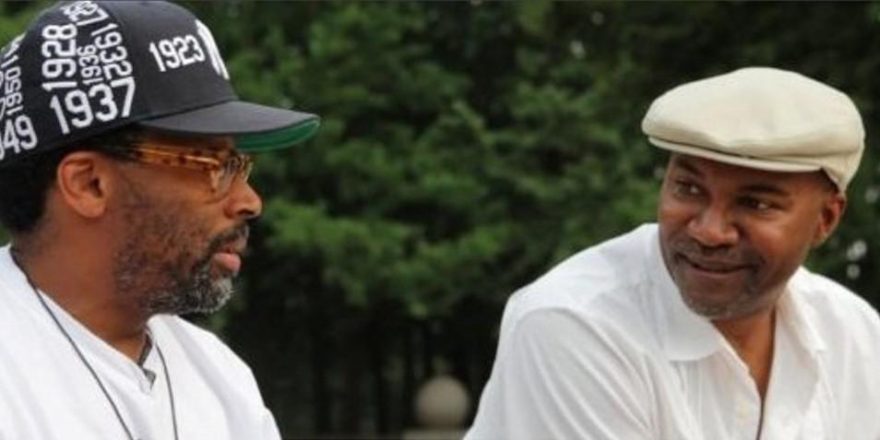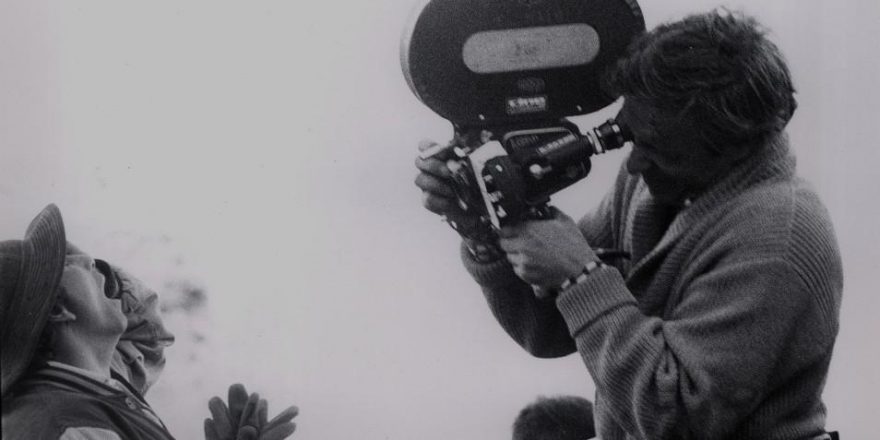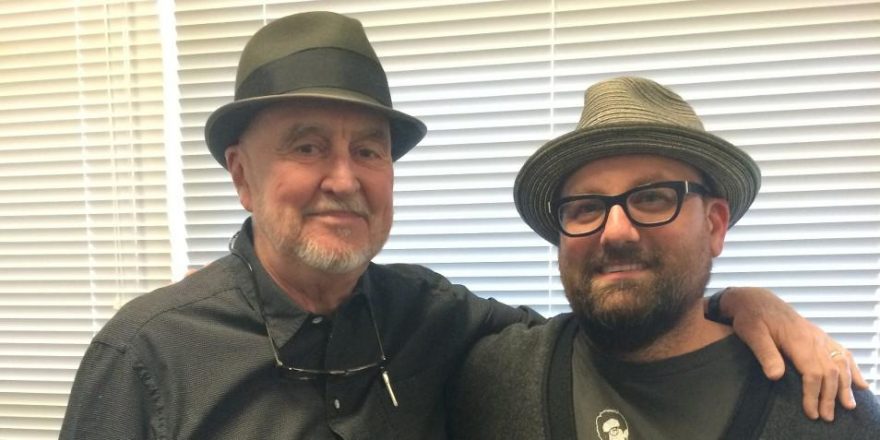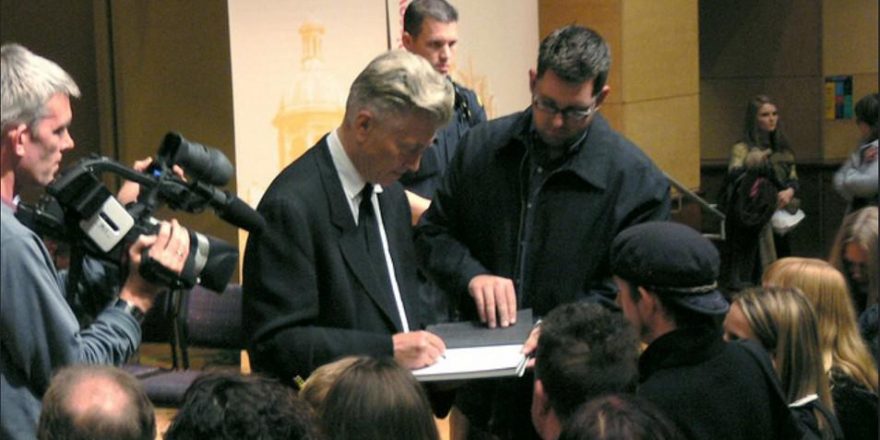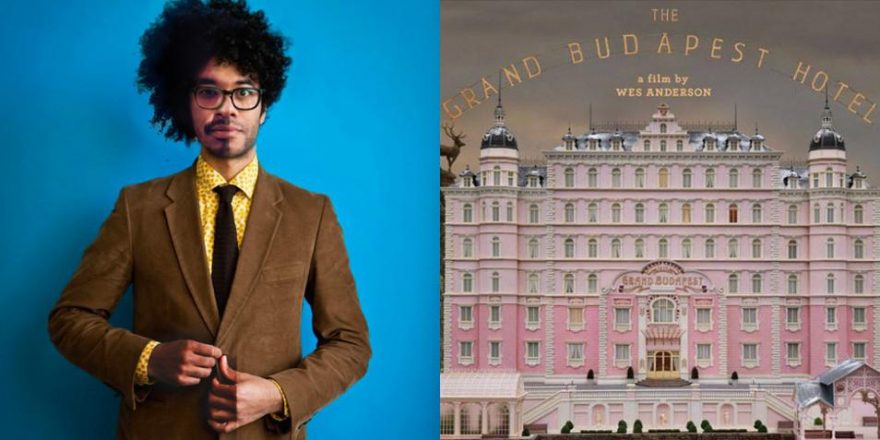Nola Darling and Misty Copeland are very different women. Nola is a boho graphic artist with three boyfriends who lives in a loft underneath the Brooklyn Bridge. She’s also the lead character in Spike Lee’s She’s Gotta Have It, and a fictional character (played by Tracy Camilla Johns). Misty Copeland is a prima ballerina at a celebrated dance company who is engaged and lives in Manhattan. And Misty is so real that she is the subject of my documentary A Ballerina’s Tale.
But as different as these ladies are, Nola and Misty represent two ends of a filmmaking journey that began for me in the spring of 1985 when I moved into a duplex apartment in Fort Greene, Brooklyn. I was 27, a full-time music journalist and had published a bestselling quickie biography of Michael Jackson. This meant I had disposable income for the first time in my life. Though I had been born and raised in Brooklyn, I had never previously spent any time in my new neighborhood, which was just east of the Downtown shopping district. Fort Greene was defined by a large housing project, a lovely unkempt park and blocks of beautiful undervalued brownstones.
What I didn’t know when I moved to Fort Greene was that it was home to a growing community of young black artists working in a variety of disciplines. Jazzman Branford Marsalis, visual artist Lorna Simpson and actor Wesley Snipes were just a few of the folks I’d connect with. The most important of the young creators, though, was a local kid named Shelton “Spike” Lee, who I knew slightly through a mutual friend. I’d seen his award-winning student film, Joe’s Bed-Stuy Barbershop: We Cut Heads, on PBS and was impressed with his feel for Brooklyn atmosphere and quirky characters. Spike was trying to crack the booming business of music videos, and so was I; I’d hooked up with a few meetings at record labels, but nothing had come of them. Well, it turned out that the place I’d moved was just two blocks away from Spike.
He lived on the tough side of Fort Greene, just off Myrtle Avenue, which had a rep for cheap Chinese food, bodegas and stick-up kids. One evening he invited me over to his small apartment, which was two tiny rooms with a bed, LaserDiscs, a Steenbeck editing table and a large poster of Michael Jordan. That night Spike showed me a rough cut of She’s Gotta Have It on the Steenbeck and I experienced the shock of the new. As Nola and her three lovers (Jamie Overstreet, Greer Childs and Mars Blackman) negotiated the zesty ins and outs of love and sex in Brooklyn, I was watching a black-and-white film that would usher in the auteur era in African-American cinema. She’s Gotta Have It would inspire a generation of black creatives to pick up a camera and tell their stories.
It certainly had that affect on me. I’d always loved going to the movies and had taken several film history courses in college with an eye toward a possible career in film criticism. I’d even reviewed some movies for a black weekly, The Amsterdam News. But coming in contact with Spike showed me it was possible to put an undiluted vision of black life in screen. So I invested some of my Michael Jackson money in She’s Gotta Have It and watched it turn my neighbor into a brand name. Moreover, because of my contact with Spike, I would get involved with film and TV in a number of capacities, including as a producer and screenwriter. I would eventually direct a film for HBO called Life Support that starred Queen Latifah.
Now I’m about to have my first film as a director, A Ballerina’s Tale, released in theaters and the connections to She’s Gotta Have It are really there. All the editing for the film was done in a Brooklyn apartment just a short walk from Spike’s old place. (Of course we used Final Cut on a Mac and not a Steenbeck.) Several key scenes in our documentary were shot in Fort Greene, just blocks from the now well-maintained park, which was a central location for Spike’s debut feature. Most crucially, the DIY aesthetic that drove Spike and his small crew to make that landmark film inspired me when I ventured to start shooting Misty with just my little consumer Canon camera. Instead of asking permission, Spike went out and made the movie he wanted to make. I endeavored to do the same. It’s a lesson I have never forgotten.


